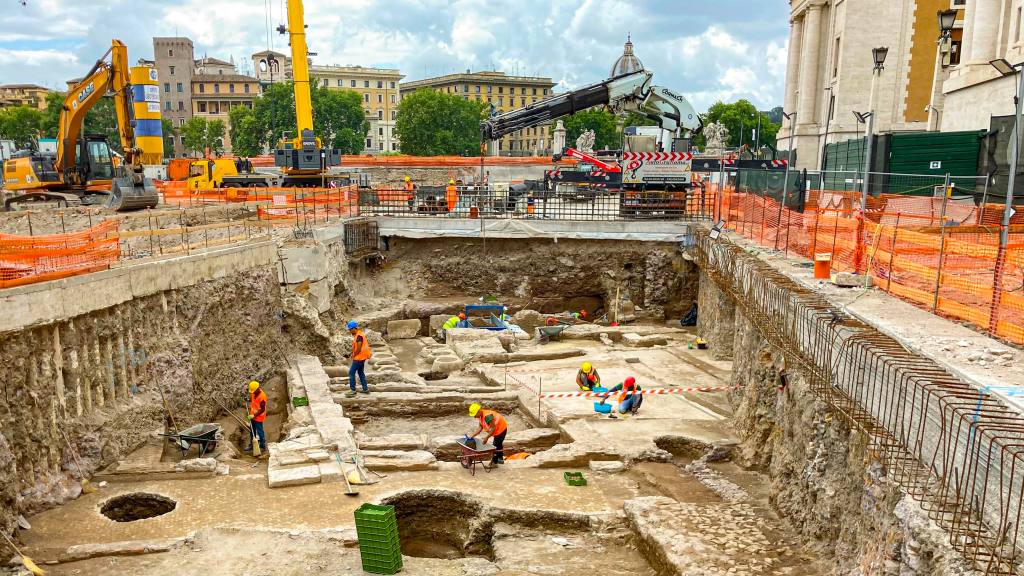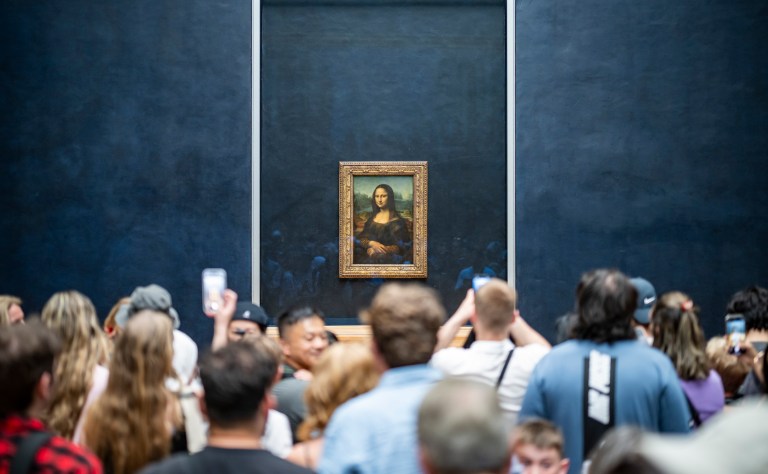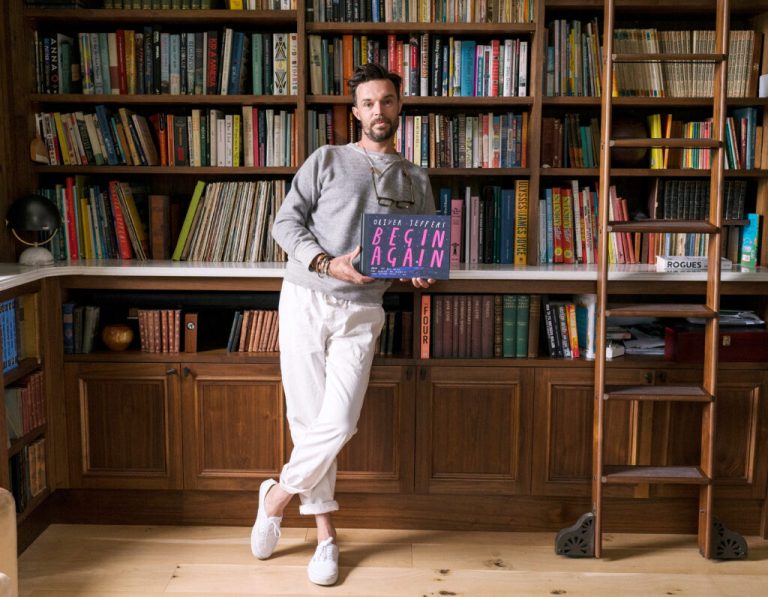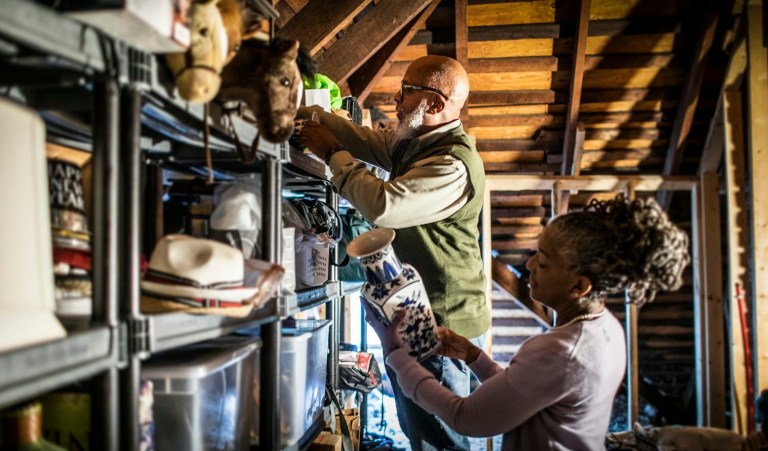An ancient Roman laundry facility, or fullonica, was recently uncovered near Vatican City in Italy. Archaeologists found the 1,700-year-old ruins during excavations of the Piazza Pia underpass, which is being modernized to prepare for more pedestrian activity.
The findings offer a look at the day-to-day lives of Romans living almost two millennia ago. A series of tubs for soaking clothes and tanks for washing and rinsing them were unearthed, as well a mosaic tiled floor and chards of colorful ceramic. Those and other artifacts will be relocated to the Gardens of Castel Sant’Angelo-Mole Adriana Park and nearby National Museum of Castel Sant’Angelo, and the site will be virtually reconstructed in 3D.

“I must say that when they informed me what had happened and when I saw the photo of the discovery, I felt quite moved,” Archbishop Rino Fisichella said at a press conference on June 14. He added, “The discovery of an ancient Roman laundry took me back in time,” noting that the fullonica was “the meeting place of the people, especially the women, of the time.”

The location was likely the site of “important suburban imperial residences” overlooking the Tiber River, per a news release. Between the second and third centuries, it was turned into the open-air fullonica.

Laundry facilities of this kind were common in the time period, manned by fullers who were paid to wash linens and clothing for city residents, according to the World History Encyclopedia. Interestingly, the ancient Romans were known to use urine as a bleaching agent, with fullers collecting it from public restrooms for this purpose.
Revamping the Piazza Pia is part of the country’s preparation for 2025’s Jubilee, or Holy Year, which typically takes place every quarter of a century.

“We have to take a common sense approach, a balance between safeguarding our historical heritage and the need to modernize the urban fabric of the city,” said Italian Minister of Culture Gennaro Sangiulian.
Added the Mayor of Rome, Roberto Gualtieri: “It is only because of the [construction] that we have discovered this beautiful fullonica and the various other finds, which we will be able to present and protect.”











